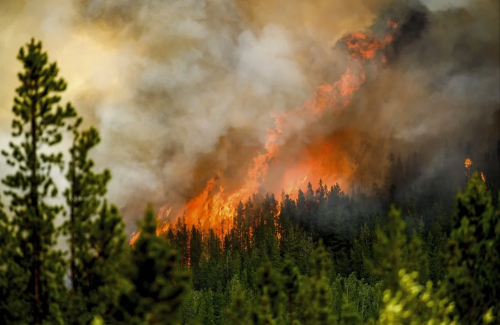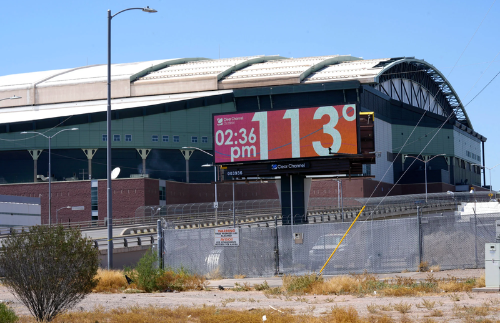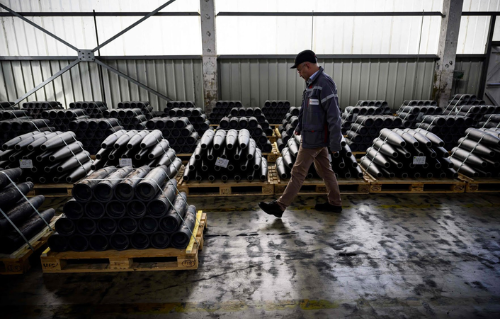The world needs new ways to pay for climate adaptation, and Hong Kong should lead the way. Dystopian headlines of extreme weather are becoming daily reminders of our urgent need to adjust to changing conditions.
Last week, scientists released a dire report on melting Antarctic ice and abnormally high winter temperatures in the southern hemisphere. Societal adaptation to a changing climate includes retrofitting infrastructure, securing food systems, cooling or even relocating cities and more. It will require enormous levels of funding.
By 2030, the United Nations Environment Programme estimates developing countries alone will need US$300 billion per year for adaptation. Meanwhile, the International Monetary Fund projects the need will exceed 1 per cent of GDP in 50 low-income and developing economies.
With its deep and open capital markets, early lead in green finance and backing from China, Hong Kong is arguably the best-positioned among leading international financial centres to facilitate meeting these needs. However, bold and creative new approaches are required.
This past July was the hottest on record, but the fear is that it might be the coolest July for the rest of our lives. If we stopped burning fossil fuels tomorrow, the cumulative greenhouse gases in the atmosphere would continue heating the planet for decades to come.
Even a rich city like Hong Kong needs to adapt. Rising sea levels are a serious concern, as are storm intensity, heat stress and new disease vectors. Food security will be paramount, as will protecting the supply lines that transport our food.
The global low-carbon transition, as estimated by the COP27 Implementation Plan, will require US$4 trillion to US$6 trillion a year, yet an upper estimate puts climate finance flows in 2021 at just US$940 billion. Despite the growing need, the capital shortfalls are striking. Public and multilateral development funding are insufficient.
Private capital will need to play a much larger role, but it is still limited by demand for market-level returns and aversion to the risks associated with poor countries. Overcoming such barriers will become central to global finance. Countries need to prepare for extreme, unpredictable weather even as resources continue to be mobilised for reducing carbon emissions.
Attempts to “crowd in” private-sector funding for adaptation include collaboration with the public sector to reduce risks through what is known as “blended finance”. Still, the Climate Policy Initiative has reported that while around US$300 billion in private finance has gone to projects in mitigation – renewables, energy efficiency or carbon removal, as examples – just US$1 billion has gone towards adaptation.
Financing decarbonisation makes commercial sense, even if upgrading the built environment is more immediate in reducing suffering and saving lives. Of the 425 heat deaths in Maricopa county in the southwestern US state of Arizona last year, 56 per cent were among unhoused people and all those who died indoors lived in buildings without cooling.




























